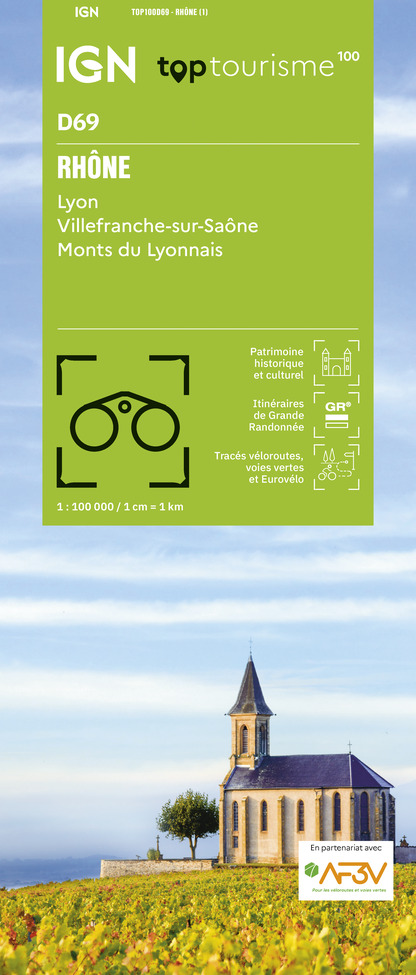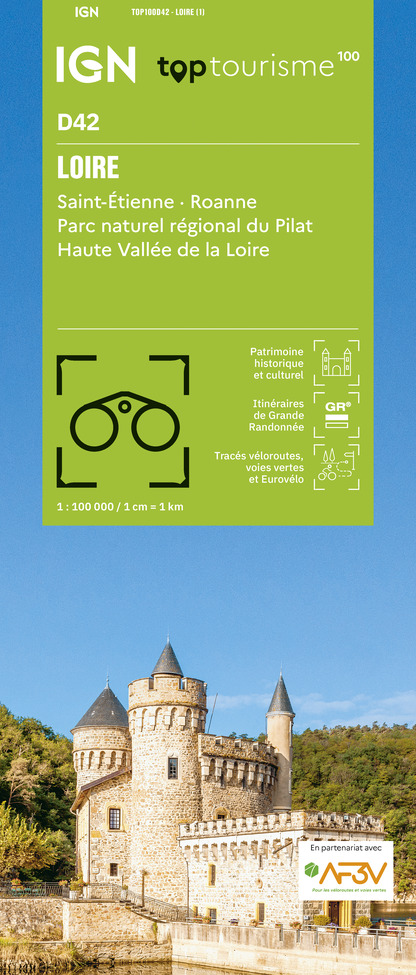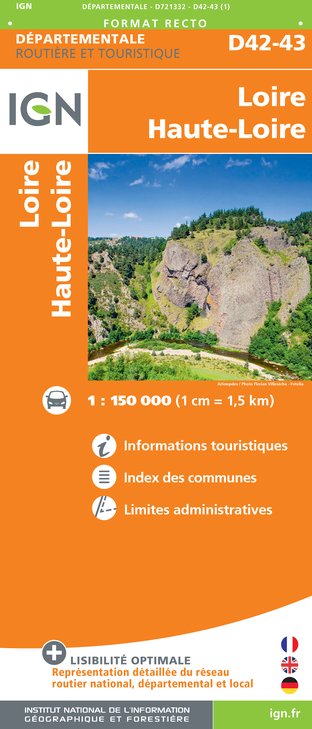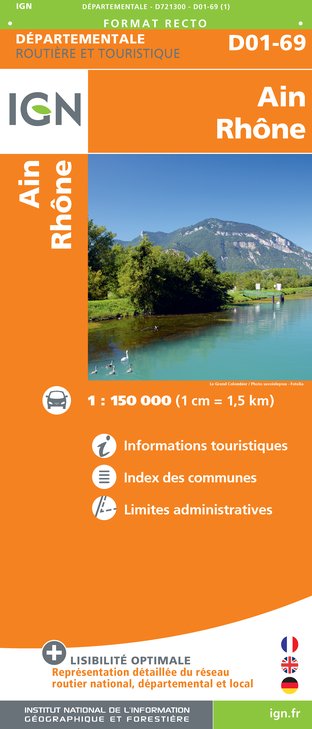Alert
Alerts
Roman Theatre



Description
It was built between 40 and 50 AD around the Pipet hill. The theatre is considered as one of the most important in the Roman period.
The terraced seating in the Roman Theatre was built against the steep slopes of the Pipet hill. Its capacity for around 13,000 spectators made the Vienne theatre one of the biggest urban theatres in the Roman Empire and the second largest in Gaul after the theatre in Autun. In the 2nd century, the Odeon, a second, smaller theatre was built nearby on the southern slope of the Saint-Marcel ravine.
Its layout and general organisation followed the Latin models for a stone theatre, even though its location on the hillside gave rise to some specific features. Spectators could move through the rounded, arched galleries that formed the structural support for the terraced seating in the cavea.
Theatres were an expression of the civic and sacred community in the Roman world. They were not only used for entertainment (comedies, tragedies, pantomimes, various kinds of acts, dancing, combats), but could also be the venue for civic or official events.
After restoration work to the theatre, the summer programme now features events reviving the theatre's entertainment role: opera, pop, dance and, since 1981, the Jazz à Vienne Festival in the first half of July.
Technical Information
Altimetric profile
Date and time
- From 02/11/2024 to 31/03/2025 from 13:00 to 17:30
- From 01/04/2025 to 31/08/2025
Additional information
Price(s)
Full price: 3 € Reduced price: 2 €.
Updated by
Office de Tourisme de Vienne Condrieu Agglomération - 18/12/2024
www.vienne-condrieu.com/
Report a problem
Open period
From 02/11/2024 to 31/03/2025 between 1 pm and 5.30 pm. Closed on Monday. Closed exceptionally on 24/12/2024, 31/12/2024, January 1st, November 11th and December 25th. From 01/04 to 31/08/2025 Opening hours daily between 9.30 am and 12.45 pm and between 1.30 pm and 6 pm.
Contact
Phone : 04 74 78 71 17
Email : musees@mairie-vienne.fr
Facebook : www.facebook.com/museesvienne/
IGN cards









Data author
